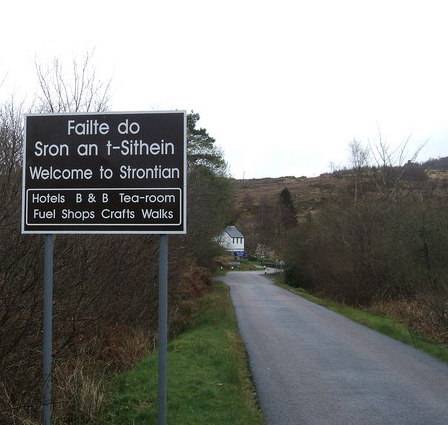Strontium- the metal named after fairies
CC BY-SA, Peter van der Bossche
Strontium- the metal named after fairies
It was not until 1808 that a soft, silvery metal - Strontium - was isolated from the mineral called Strontianite which was named after the Moidart village where it had been discovered in 1764 by Reverend John Walker during his visit to the Western Highlands to assess their 'moral and physical conditions'.
At the time, Sròn-an-t-Sithein (Strontian) - the fairies’ headland – near Loch Sunart was being developed as a silver, zinc and lead mine - some of its production being used in bullets manufactured for the Napoleonic wars.
A more dubious claim to fame for the mine is the introduction of venereal disease though the influx of workers from outwith the region, the subject of a satirical although ‘educational’ song by the famous Gaelic bard Alaisdair MacMhaighstir Alasdair who taught nearby in Kilchoan.
The mines at Strontian worked intermittently until the early 20th century and were reopened for a time in the 1980s to mine for barite, a mineral used in the oil industry. The 15th most common element on earth, Strontium is widely used, from blocking X-rays emitted by TV picture tubes, causing paint to glow in the dark and providing the brilliant reds in fireworks. Natural Strontium is not radioactive, but its isotopes are - used in archaeology for measuring age of bones and teeth, or in cancer medicine - whilst the highly dangerous Strontium 90 is a product of nuclear fission.
More information on visiting the area can be found here.
